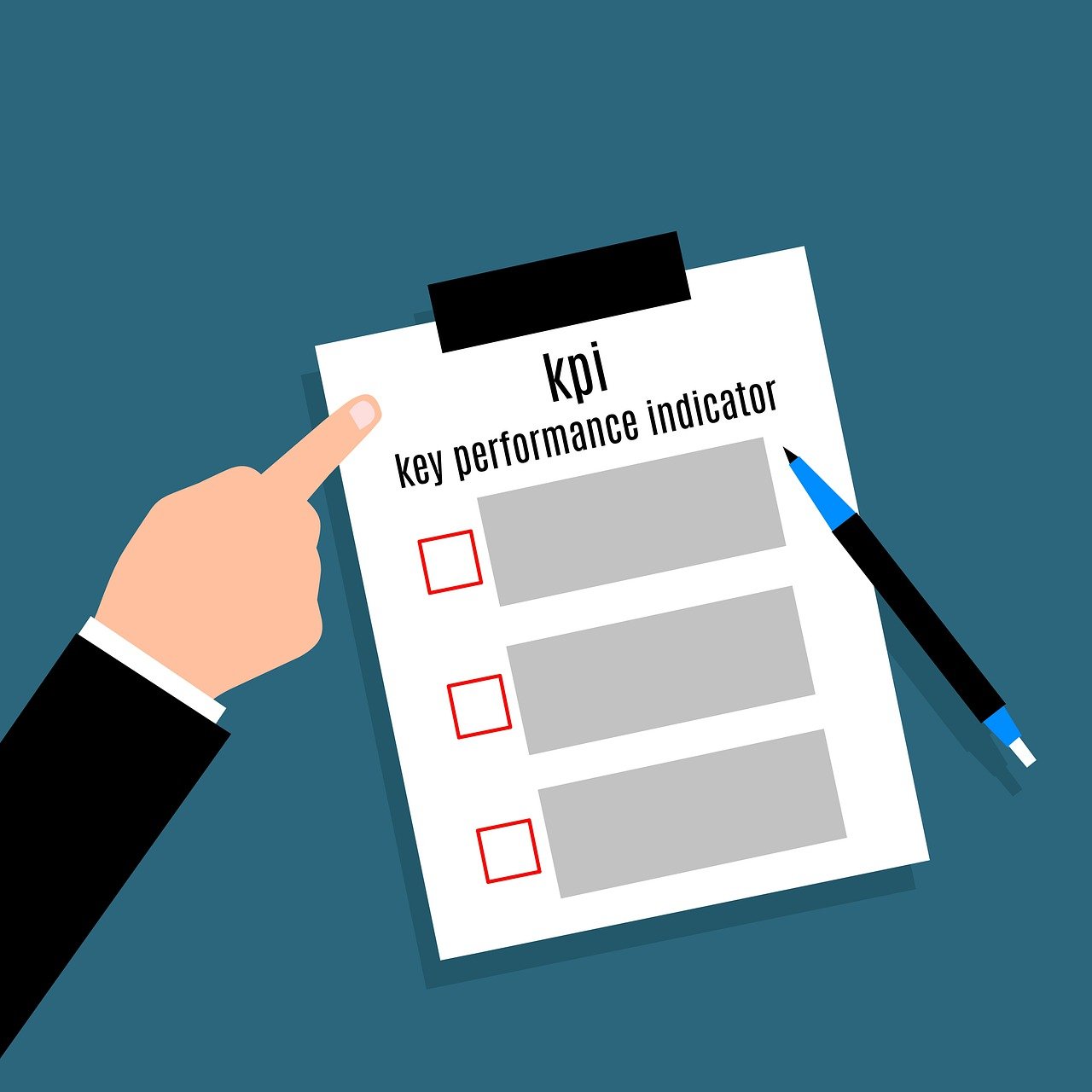Hello there, fellow goal-getters! Today, we’re diving into the fascinating world of OKR vs KPI and how these tools help your organization grow and achieve high performance. If you’ve ever wondered about the differences between these two acronyms and how they can supercharge your business, you’re in for a treat. Let’s buckle up and explore OKR vs KPI!

Understand the Difference: OKR vs KPI?
OKRs, which stand for Objectives and Key Results, are like the guiding stars that lead your team to victory. They are all about setting ambitious and inspiring objectives, paired with specific, measurable, and time-bound key results that show you’re on the right track.
On the other hand, KPIs, or Key Performance Indicators, are the trustworthy compasses that help you navigate the rough waters of business success. KPIs are quantifiable metrics that measure the performance of different aspects of your organization, guiding you toward your goals.
OKRs: Dare to Dream Big: Imagine standing at the edge of a vast ocean, ready to embark on an exciting adventure. That’s the feeling OKRs evoke! Objectives in OKRs are like your destination – they are visionary, ambitious, and exciting. They answer the question, “Where do we want to go?”
But dreams need a roadmap to become a reality, and that’s where Key Results come in. They are the milestones that show you’re on track to reach your destination. Key Results are specific, measurable, and time-bound, guiding your team with clarity and focus.
KPIs: Navigating the Seas of Success
Now, picture yourself sailing on a ship through the unpredictable waters of the business world. KPIs are your reliable navigational tools, helping you stay on course and make informed decisions. These metrics tell you how well you’re performing and whether you’re headed in the right direction.
While OKRs focus on the big picture and long-term goals, KPIs are all about keeping an eye on day-to-day operations. They measure the health of your processes, from sales and marketing to customer service and operational efficiency. KPIs tell you if you’re on track to achieve your objectives and, if not, where you need to adjust your sails.
The difference can further be understood by following video:
The Yin and Yang of Performance Management
OKR vs KPI might seem like they’re worlds apart, but in reality, they complement each other like peanut butter and jelly. While OKRs inspire your team to reach for the stars, KPIs ground you in reality and keep you focused on the present.
Picture a rocket launch – OKRs are like the countdown, building anticipation and excitement. KPIs are the rocket’s navigation system, ensuring it stays on course and reaches its destination.
When to Use What?
Now, you might be wondering, “When should I use OKRs, and when should I turn to KPIs?” Great question! Let’s break it down:
- OKRs: Use OKRs when you want to set ambitious, game-changing goals. They are perfect for driving innovation, tackling big challenges, and aligning your team around a shared vision. OKRs are your go-to for those moonshot ideas that can transform your organization.
- KPIs: Turn to KPIs when you need to monitor ongoing performance and keep a close eye on your day-to-day operations. They help you identify areas that need improvement, optimize processes, and ensure your team is firing on all cylinders.
The Perfect Harmony
The real magic happens when you combine the power of OKR vs KPI. OKRs set the direction and motivate your team to surpass the status quo. KPIs provide real-time data and insights that keep you agile and adaptable. When you strike the perfect balance between these two frameworks, you create a culture of continuous improvement and high performance. It’s like having the wind in your sails and a clear map to guide you.
Alignment: OKRs provide the ambitious direction, while KPIs ensure that the day-to-day operations stay on track. When aligned properly, OKRs guide the achievement of strategic objectives, and KPIs act as checkpoints to monitor progress along the way.
Cascade Effect: OKRs can be set at different levels of an organization, cascading down from company-wide to team-specific goals. KPIs, in turn, can be established to support and measure the progress of each OKR, fostering a cohesive approach to success.
Continuous Improvement: KPIs can offer valuable feedback on the effectiveness of the strategies implemented to achieve OKRs. If KPIs indicate unsatisfactory performance, teams can adjust their tactics, ensuring a constant cycle of learning and improvement.
In Conclusion
There is no winner or loser in the battle of OKR vs KPI. Both are essential tools in your performance management toolkit. Embrace the daring ambition of OKRs and the steady guidance of KPIs to chart your course to success.
Remember, it’s not about choosing one over the other – it’s about harnessing their combined power to create a synergy that propels your organization to greatness.
So, dream big, set ambitious objectives, measure your progress with key results, and stay on course with KPIs. You’ll soon find yourself sailing toward success with confidence and clarity!
Now go out there and conquer the world with your goals!
FAQs
1. What is the main difference between OKR vs KPI?
- OKRs are ambitious, qualitative goals paired with measurable key results. KPIs are quantifiable metrics that measure ongoing performance in various areas of the organization.
2. Can I use OKRs and KPIs together?
- Absolutely! In fact, combining OKRs and KPIs creates a powerful performance management strategy. OKRs inspire and challenge, while KPIs keep you on track and help you measure success.
3. How often should I review my OKRs and KPIs?
- Regular check-ins are vital. OKRs are often reviewed quarterly, while KPIs can be monitored daily, weekly, or monthly, depending on your organization’s needs.


1 thought on “OKR vs KPI: What to Choose for Effective Performance Management?”
Comments are closed.